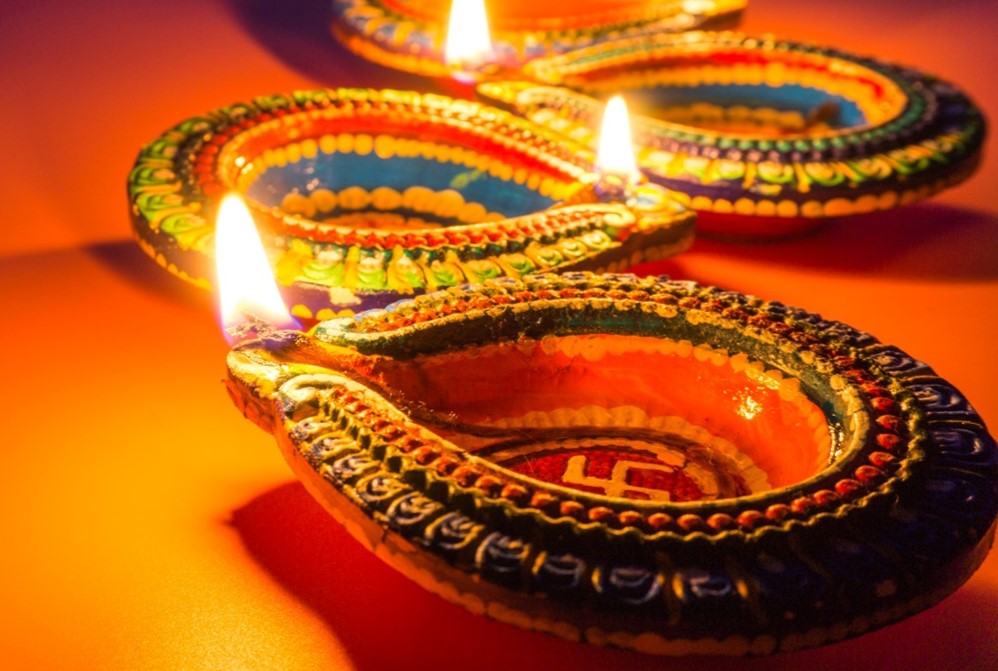Cultural festivals across the globe are vibrant, meaningful celebrations of heritage and traditions. From Dawali in India to Carnaval in Brazil, people around the world display homage to their heritage and culture with celebrations that hold hundreds of years of history.
Christopher J. Precopia explores below some popular cultural festivals and events around the world, and how they can make for unique travel experiences.
Diwali and Holi, India
Diwali, the Hindu festival of light, is the largest celebration in India. The name Diwali derives from the rows (avali) of clay lamps (deepa) that are lit outside homes and businesses. The day celebrates the victory of light over darkness, knowledge over ignorance, and good over evil, which the lighted candles symbolize.
During this holiday, families and friends celebrate and exchange gifts and sweets. The celebration is a joyous occasion, with many celebrating the sweetness of life together. The celebration is a warm, open occasion, where many visitors in India during this time may get to celebrate this important light celebration with locals.
Holi, a festival of colors, is another cultural festival many Indians partake in. This traditional Hindu holiday typically takes place near the spring equinox and marks the end of winter as well as the triumph of good over evil.
Before Holi, worshippers have bonfires and host the customary puja, the traditional offering of light, flowers, and food to the deities. On Holi, celebrators take to the streets, throwing colorful powders at each other, dancing, and eating sweets. Travelers who visit India during this holiday may experience a vibrant coloring of the city like no other, leaving with colorful memories to remember.
Carnaval, Brazil
Carnaval in Brazil is a large celebration honoring the spirit of overindulgence. The festival happens right before Lent, the period when many Christians will be fasting. During this festival, elaborate parades, dance parties, and food festivals are held, allowing many to eat, drink, and dance to their heart’s content.
Traveling during this period offers a unique and immersive experience like no other. Many can simply observe the celebrations or join in on festivities where many celebrate heavily before a period of somberance.

Lunar New Year, Asia
Celebrated by countries such as China, South Korea, Malaysia, Indonesia, Singapore, Brunei, Philippines, and Vietnam, the celebrations for the Lunar New Year is a large cultural event. While the length of celebration varies by country, people throw vibrant festivities to celebrate the new year. Decorations around streets, homes, and clothes are usually red, an auspicious color symbolizing good luck and fortune.
Some countries celebrate by exchanging money and gifts and holding lion dances throughout the streets. With fireworks, drumming, and lion dances, people believe they can chase away evil spirits and receive good luck. Travelers who visit those countries during this holiday can feel the auspiciousness in many parts of their travels with red decorations everywhere they go.
In Conclusion
Cultural festivals and events are a unique experience of their own and can enhance one’s travel experience. By being fully immersed in a cultural festival and event that locals participate in, one can get a deeper understanding and appreciation of the country they are traveling in.
